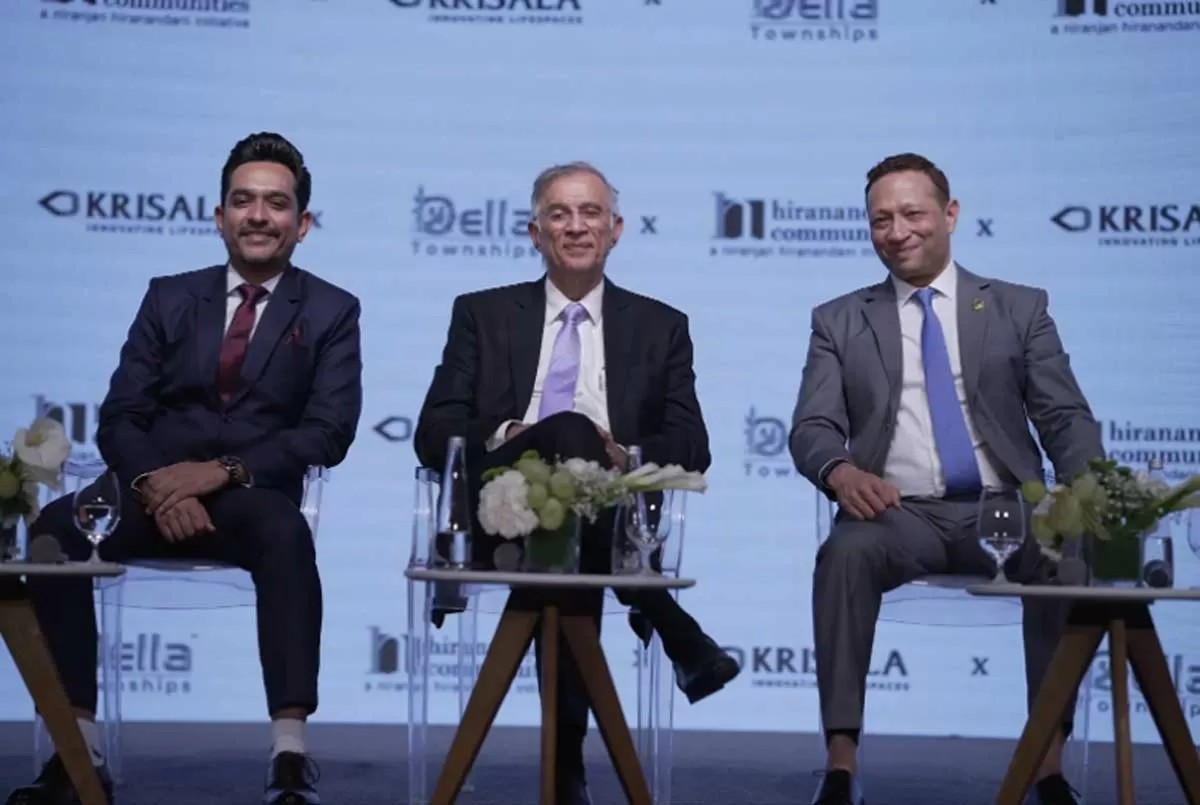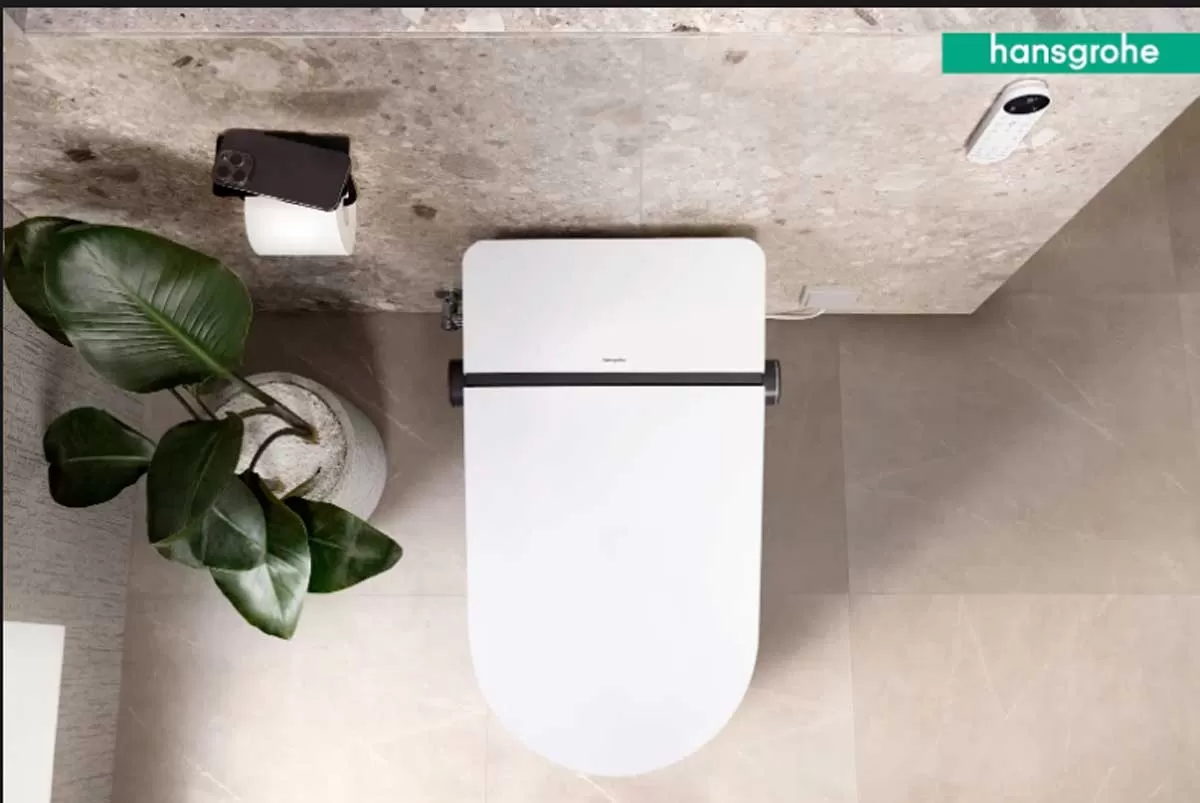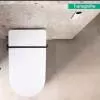Precast technology is poised to make inroads in the Indian building construction sector to the advantage of developers and occupants.
recast technology has been a fixture of Indian infrastructure for decades now. So much so that precast segments have become the default choice in urban infrastructure projects, particularly for elevated metro rails, expressways and grade separators.
¨What´s changed in the past five years or so is that several construction companies and real estate developers have started constructing precast concrete buildings, and the Indian Government has launched several precast housing projects,¨ says Bob van Gils, Director, Van Boxsel Engineering Pvt Ltd, a structural engineering firm providing consultancy services in the fields of structural analysis and design and detailing of precast buildings. ¨Acceptance is gradually growing for precast sections in building construction,¨ agrees P Surya Prakash, President, Pre-Engineered Structures Society of India.
Next, Van Gils expects Indian developers to use precast for high-end residential buildings, especially with the use of precast sandwich panels with excellent finishing. In fact, Van Boxsel Engineering is kick-starting this trend. It is behind BCC Infrastructures´ Bharat City project in Ghaziabad and Sobha´s Sobha Dream Acres project in Bengaluru. ¨Both are large-scale residential developments with a combined floor area of over 10 million sq ft,¨ he adds.
So, who is adopting precast?
¨Delhi and Bengaluru are leading the residential precast building trend,¨ says Laxman Wadhwani, General Manager, Peiko, a provider of joints and connections for precast members.
¨In Delhi, Supertech, Jindal Realty, Amrapali and BCC Infrastructures are some developers engaged in precast construction. BG Shirke has bagged a Delhi Development Authority affordable housing scheme project entailing the construction of 120,000 flats,¨ observes Wadhwani. ¨Brigade Group and KEF Holdings are active in Bengaluru. Omkar Developers has opted for precast technology in Mumbai.
Shapoorji Pallonji and L&T are leading precast construction companies.¨
Speedy construction
What´s driving the precast construction trend?
¨Continuing labour shortages and the poor delivery of conventional solutions are driving demand for precast segments for infrastructure projects,¨ says Surya Prakash.
Developers gain better control over their projects by going the precast way, according to Van Gils. ¨Shortage of construction workers and challenges in completing building projects with the conventional technology are the main reasons for developers to explore new building technologies,¨ he adds. ¨Precast construction makes it possible to work with a relatively small construction team and achieve high speed and get excellent quality output.¨
¨Precast construction can cut construction time by half vis-a-vis conventional construction, as long as the moulds are manufactured in good time and the elements kept ready on site for erection,¨ says Rajendra Varma, Director, Omkar Realtors & Developers, which has made use of precast construction for Pragati Towers, a high-rise residential project in Bhoiwada, Mumbai.
¨Precast construction can save 60 per cent of construction time,¨ opines Dr Anil Kumar Sharma, Chairman & Managing Director, Amrapali Group. Amrapali has adopted precast technology for Amrapali Dream Valley and Amrapali Verona Heights in Greater Noida (West). ¨Precast technology speed ups construction because we cast all the structural units in our factory while we work on the foundation,¨ he explains. ¨We transport precast units to site using flat bed trailers or (A) frame. We erect the units on site with the help of mobile cranes or tower cranes, causing minimal site disruption.¨
And M Karthik, Director, VME Precast Pvt Ltd, tells us, ¨Precast wall panels eliminate the need for plastering. Windows can be prefixed, thus saving time. Electrical conduits can be inbuilt. Using precast beams and columns eliminates the time involved in shuttering and scaffolding.¨
Advantage precast
VME Precast set up an automated precast factory in 2008, in partnership with Finnish companies Valkeakosken Betoni, an experienced manufacturer of precast elements, and Elematic, a leading supplier of precast concrete machinery. Having successfully delivered numerous precast buildings to different clients, VME Precast established VME Realty, a company committed to precast construction.
¨We want more people to benefit from precast building construction. Fast delivery and structural longevity are some of its better known advantages. Precast can also help build more spacious interiors,¨ opines Karthik, and explains how: ¨Precast load bearing wall panels are typically 150 mm thick while partition wall panels are 100 mm thick; conventional brick walls are 200 mm thick. Using precast walls thus helps achieve more floor space. Also, using pre-stressed beams and hollow core slabs opens up large spans, meaning more inner unobstructed space for building occupants.¨
Precast can additionally help lower the air-conditioning needs of a building by 30 per cent, according to Karthik, by the use of sandwich wall panels with insulation and filling cool ambient air in the holes of precast hollow core slabs.
Limited market = In-house supply
With just a few precast plants dotting the country, the market for precast products is yet to mature. The current trend is for developers to place orders for project-specific precast sections.
¨Manufacturing of customised sections dominates the precast industry. However, precast as a concept, will only take off when the pre-engineered precast solutions market grows, as that will lower the cost of precast construction,¨ says Surya Prakash.
Greater availability of off-the-shelf building solutions in completely knocked down condition and conforming to standardised plans would pave the way for the construction of structures with factory-made finishes. ¨Now is the right time for more suppliers of general precast sections to enter the market,¨ says Surya Prakash. He has a suggestion for suppliers eyeing a bigger market share: ¨With each state implementing part of the Centre´s plan to provide Housing for All by 2022, there is tremendous scope for precast component suppliers to start manufacturing sections conforming to the standardised plans of each state. This project alone envisages the construction of 12 crore housing units. Precast business has the potential to grow tenfold in the coming decade.¨
With less than 1 per cent of residential building construction being precast, there´s plenty of scope for adoption to grow, agrees Wadhwani.
Some developers adopting the technology are relying on their own precast construction division. As an example, Amrapali has set up a precast factory at Kasna in Greater Noida with an installed capacity of 800,000 sq m for pre-stressed hollow core slabs and 800,000 cu m for wall panels and other structural members like columns, beams, staircases, T-beams, etc. What prompted Amrapali to take this route?
¨We set up Asia´a largest precast factory to guarantee ourselves and our customers the adequate and timely supply of quality precast parts. Manufacturing in a strictly controlled environment ensures quality. Having our own factory also accords us greater flexibility over the choice of surface finishes and colours, which means our architects and designers can create buildings of unique character,¨ explains Dr Sharma.
Precast myth: It limits design
Precast construction involves the transportation of readymade sections to site. Some developers feel this could limit the design possibilities of buildings. ¨It doesn´t,¨ clarifies Dinesh Kumar, Technical Manager, Teemage Precast India, a company manufacturing precast walls, beams, columns, stairs and hollow core slabs for buildings. ¨We can transport sections of width 2.4 m to 3 m and length 12 m to 15 m (or height). Typically, this never imposes any limitation on design because most buildings fit this scheme,¨ he elaborates.
¨Precast technology presents no limitations on the design or height of the structure. We have successfully implemented a precast fins based structure for Infosys in Chennai, and a 14 floor hotel building of 300,000 sq ft area, the Novotel Ibis Combo Hotel in Chennai,¨ says Karthik.
¨Precast technology is suitable for all types of construction - high rise, low rise, villas, parking lots, commercial construction, etc.¨ adds Dr Sharma.
Overcoming precast challenges
A often cited drawback of precast construction is the high transportation cost of the sections. One way to overcome this challenge is to transport casting tables to the site instead of the sections. Industry experts say it makes sense to reverse the method as such for projects of 100,000 sq ft and above.
To facilitate precast construction at sites located at a distance from casting factories, Weckenmann, a provider of precast machinery solutions, has recently launched Mobile Battery Moulds, compact casting units fitted in trailers.
¨Mobile Battery Moulds are mobile factories that can be easily taken to any construction site. They are also easy to assemble and remove,¨ explains Ans Hariharasudhan, Business Development Consultant, Weckenmann Anlagentechnik. Another typical drawback of precast construction is the compulsion to work with a crane at site.
A crane is used to elevate the building. Ideally, it helps to have a clear 5 to10 ft around the structure. If this isn´t feasible as in constrained city areas, experienced players start at the furthest periphery and work their way to the entrance.
As long as expertise is available, precast technology brings great advantages to developers and occupants of buildings.
- Demand drivers: Labour shortage and poor delivery of conventional solutions are driving demand for precast segments.
- Precast potential: To grow tenfold in the coming decade.
- It can save 60% of construction time.
- Suitable for all types of construction - high rise, low rise, villas, parking lots, commercial construction, etc.
Cost comparison: Precast construction vs conventional construction
¨Precast exceeds conventional commercial construction costs by 10 to 20 per cent and residential construction by 30 per cent,¨ says Dinesh Kumar, Technical Manager, Teemage Precast India.
¨Precast construction is 15 to 20 per cent higher than conventional construction,¨ says M Karthik, Director, VME Precast Pvt Ltd.
¨While precast costs about 10 per cent more than conventional construction upfront, it saves on indirect maintenance cost. Precast structures have a life of at least 50 years, and are earthquake and weather-resistant,¨ opines Dr Anil Kumar Sharma, Chairman & Managing Director, Amrapali Group.
¨In the long term, precast construction costs the same as conventional construction for structures with many repetitive units,¨ says Rajendra Varma, Director, Omkar Realtors & Developers.
What does successful precast construction involve?
Ans Hariharasudhan, Business Development Consultant, Weckenmann Anlagentechnik, identifies the steps for successful precast construction:
- Identify the right precast system.
- Identify the right connection types.
- Optimise layouts for precast.
- Create an economical design.
- Buy suitable machines.
- Find the right supplier.


















